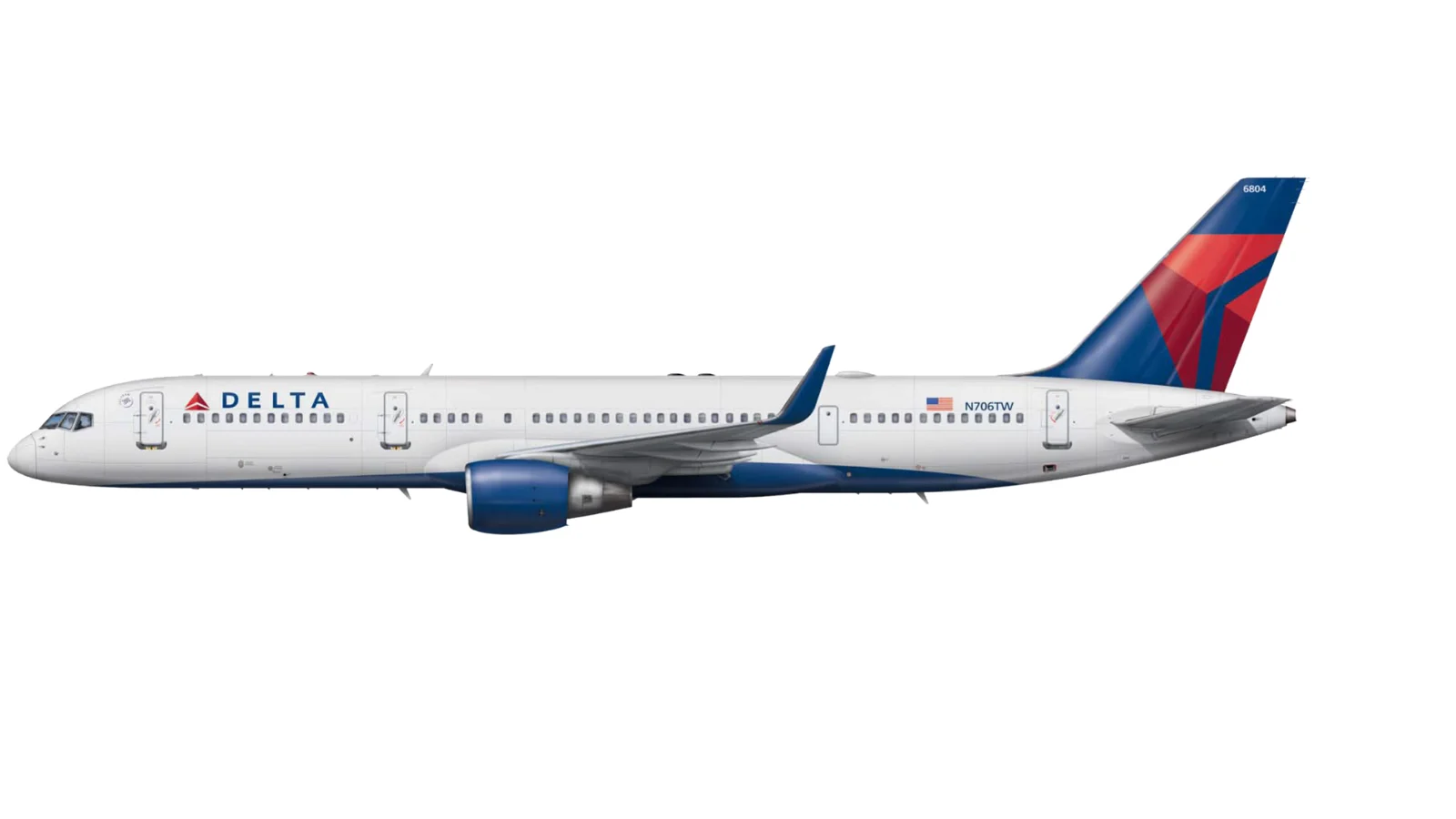However, providing two engine options increases complexity and costs for manufacturers. Each engine must be separately certified, requiring modifications to systems and structure. This dual-sourcing approach has become less common in recent years as both Airbus and Boeing now mostly offer sole-sourced engines on their latest programs.
When developing the 757 as a replacement for the 727 trijet in the late 1970s, Boeing equipped it with high-bypass turbofan engines that were more powerful and efficient than those used on earlier jets. The RB211 was chosen by launch customers British Airways and Eastern Airlines, marking Boeing’s first use of a foreign-made engine at launch. Pratt & Whitney later offered the PW2000 after adapting it from a military demonstrator program; Delta Air Lines became a key customer.
During this era, adding an engine option was often done at customer request despite increased development costs—an approach less common today due to stricter certification standards and higher expenses.
The RB211 proved popular for its reliability and low noise level. American Airlines’ order in 1988 helped solidify its position as the leading choice for the 757. Meanwhile, United Airlines and Delta Air Lines were major customers of the PW2000 variant; however, early reliability issues limited its long-term popularity compared to Rolls-Royce’s offering.
Ultimately, Boeing’s decision to offer two engine types on the 757 was driven by customer demand rather than technical necessity or competitive pressure from General Electric, which withdrew its own proposed CF6 derivative due to lack of interest.
As industry practices evolved over time—with rising costs making dual-sourcing less practical—the Boeing 757 remains notable as an example of when customer preference could significantly influence product development decisions in commercial aviation history.
"Boeing developed the 757 with two engine choices because numerous customers demanded either the RB211 or the PW2000. This is also the reason why General Electric did not offer a CF6 derivative on the 757, as the concept did not attract enough demand. The two engines have different advantages and disadvantages; however, the PW2000 suffered from early reliability issues. In the meantime, Rolls-Royce refined the RB211, and the engine became the primary choice for this aircraft."
 Alerts Sign-up
Alerts Sign-up




































